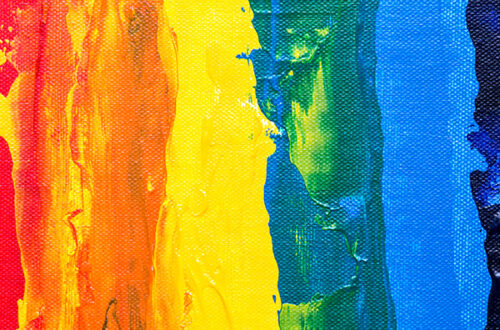Chimney Fire Safety Tips
Fireplaces are dangerous if not kept up
By the Fire Safe Council
Fall is here and many rural residents are turning to their fireplaces and woodstoves to heat their houses. Dirty chimneys can cause chimney fires, which damage structures, destroy homes and injure or kill people. Structure fires related to dirty chimneys may also spread and cause damage to adjacent structures or even ignite a wildland fire.
Fireplaces and wood stoves are designed to safely contain wood fires, while providing heat for a home.

The chimneys that serve them have the job of expelling the by-products of combustion – the substances produced when wood burns. These include smoke, water vapor, gases, unburned wood particles, hydrocarbon and tar. As these substances exit the fireplace or wood stove, and flow up into the relatively cooler chimney, condensation occurs. The resulting residue that sticks to the inner walls of the chimney is called creosote. Creosote is a black or brown residue that can be crusty and flaky…tar-like, drippy and sticky…or shiny and hardened. All forms are highly combustible. If it builds up in sufficient quantities – and the internal flue temperature is high enough – the result could be a chimney fire.
Slow-burning chimney fires don’t get enough air or have fuel to be dramatic or visible and they often go undetected until a later chimney inspection, but, the temperatures they reach are very high and can cause as much damage to the chimney structure – and nearby combustible parts of the house – as other kinds of structure fires. Chimney fires can also burn explosively – noisy and dramatic enough to be detected by neighbors or people passing by. Flames or dense smoke may shoot from the top of the chimney. Homeowners report being startled by a low rumbling sound that reminds them of a freight train or a low flying airplane. However, those are only the chimney fires you know about.
Indications of a chimney fire have been described as creating:
- loud cracking and popping noise
- a lot of dense smoke, and
- an intense, hot smell
Conditions that encourage the buildup of creosote:
- restricted air supply
- unseasoned wood
- cooler than normal chimney temperatures
Air supply may be restricted by closing the glass doors, by failing to open the damper wide enough, and the lack of sufficient make-up air to move heated smoke up the chimney rapidly (the longer the smoke’s “residence time” in the flue, the more likely it is that creosote will form). A wood stove’s air supply can be limited by closing down the stove damper or air inlets too soon or too much. Burning unseasoned wood – because so much energy is used initially just to drive off the water trapped in the cells of the logs– keeps the resulting smoke cooler, than if seasoned wood is used. In the case of wood stoves, overloading the firebox with wood in an attempt to get a longer burn time also contributes to creosote buildup.
The National Fire Protection Association Standard 211 says,
“Chimneys, fireplaces, and vents shall be inspected at least once a year for soundness, freedom from deposits, and correct clearances.”
Even if you heat with a gas fireplace, chimneys can still harbor bird nests or other combustible material that needs to be removed prior to having a fire. Additionally, a chimney inspection can reveal structural issues that may enable a fire. Many Santa Cruz Mountain houses have cracked chimneys due to earthquakes. This can lead not only to a chimney fire, but unsecured masonry on a rooftop can be a major safety threat in the case of a future earthquake when it might fall through the roof onto occupants below. Finally, just as it is advantageous to consider the timing of purchasing fuel for your fireplace, it is important to consider the timing for your annual inspection and cleaning. Inspectors are typically very busy in the late fall and early winter and may be hard to schedule at that time.
The following are some good best practices for the use of fireplaces:
- Get an annual chimney inspection.
- Be sure vegetation is not overhanging your chimney.
- Have a cap on your chimney to prevent animals and debris from entering it.
- Use well-seasoned hardwood for your fires.
- Do not use liquid fire starters. Only use fire starters designed for fireplaces and wood stoves.
- Keep all combustibles at least 36 inches from your fireplace or wood stove.
- Use a screen in front of your fireplace to prevent flying sparks from igniting nearby combustibles.
- Be sure that you have functioning carbon monoxide and smoke detectors in your home.
- Do not leave fires unattended.
- Pick a reputable company to service your fireplace or wood stove.






